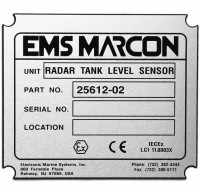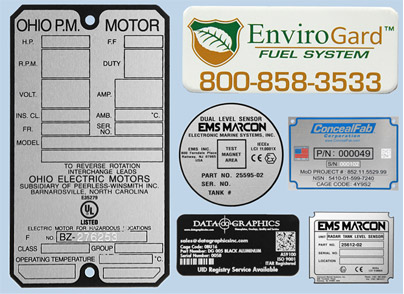It is quite surprising to see that a lot of people think that they can get things such as photos, text, graphics, etc. printed only on materials such as vinyl and paper. This is clearly not true as you can get photos and texts printed on metal as well. There are some top printing companies online that provide this service to all types of businesses. In this blog, we will explain to you why you should consider going for custom metal photo printing. We have listed down some points for this purpose. Let’s take a look at them.
l One of the advantages of having photos, graphics, and text printed on metal is that they will not fade under the exposure of sun quickly as is the case with other materials. You will be surprised to know that the fading process starts only after almost 100 years of sunlight exposure
l Heat is known for causing problems to a lot of materials. Many of them are incapable of holding up against it, which is not the case with metal photo printing. Metal photo prints are known for being fire retardant. They are perfect for high-heat applications
l Cleaning metal photo prints is quite easy and you do not need worry about wiping off the printed graphics or text, which can happen with other materials. You will be able to clean fingerprints and stains from the aluminum surfaces easily
If interested, you can contact companies online that are
famous for premium industrial printing services. Get in touch with one such
company and inquire more about their metal photo printing services and how it
can benefit your business.









